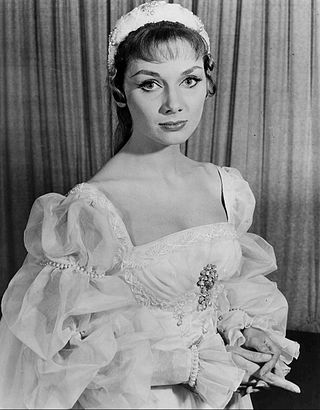
Inga Swenson was an American actress and singer. She appeared in multiple Broadway productions and was nominated twice for the Tony Award for Best Actress in a Musical for her performances as Lizzie Curry in 110 in the Shade and Irene Adler in Baker Street. She also spent seven years portraying Gretchen Kraus in the ABC comedy series Benson.
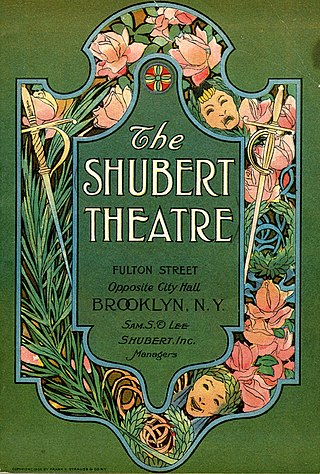
The Shubert Organization is a theatrical producing organization and a major owner of theatres based in Manhattan, New York City. It was founded by the three Shubert brothers in the late 19th century. They steadily expanded, owning many theaters in New York and across the United States. Since then it has gone through changes of ownership, but it is still a major theater chain.
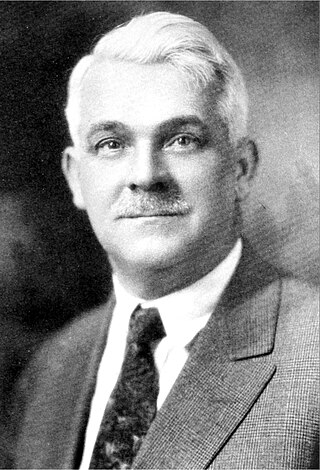
Thomas White Lamb was a Scottish-born, American architect. He was one of the foremost designers of theaters and cinemas of the 20th century.
Marcia Mitzman Gaven is an American actress from New York. Since studying at the High School of Performing Arts and the State University of New York at Purchase, she has appeared in many musicals during her career singing in both mezzo-soprano and soprano roles. Her Broadway debut came in 1979 when she played Betty Rizzo in Grease, serving as the replacement for the original actress of the role. In the 1980s she appeared in the musicals The Rocky Horror Show, Oliver!, Zorba, Nine, Anything Goes, Chess, and Welcome to the Club, and in the operas Brigadoon, South Pacific, and Sweeney Todd.
Lysette Anne Chodzko, known professionally as Lysette Anthony, is an English actress and model. She is known for her roles in the film Husbands and Wives (1992), as Princess Lyssa in the 1983 fantasy epic Krull, Christa Norris in the first season of the ITV comedy-drama series Auf Wiedersehen, Pet (1983), Angie Tyler/Trenchard in the BBC1 sitcom Three Up, Two Down (1985-1989) and her role as Marnie Nightingale in the Channel 4 soap opera Hollyoaks (2016–2022).

Beverley Sitgreaves was an American stage actress and philanthropist whose theatre career spanned some 50 years.
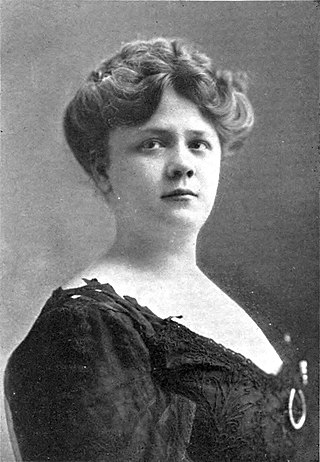
Emma Carus was an American contralto singer from New York City who was in the cast of the original Ziegfeld Follies in 1907.
Troja was a musical theatre performer in New York City in the 1890s and early 20th century. An 1894 advertisement commented that she was a serio-comic singer. Other items described her as a singing comedienne who is clever, and droll.

Lillian Blauvelt (1873–1947) was a popular opera singer in New York City and internationally in the first decade of the 20th century. Her voice was a lyric soprano with a very pure timbre and dramatic distinction. Her vocal range was from G to D. She was from Brooklyn, New York, and eventually toured every country in Europe.

Phyllis McKee Rankin was a Broadway actress and singer from the 1880s to the 1920s.

Edith Lambelle Langerfeld, known professionally as La Sylphe, was an American exotic dancer who became a sensation while performing at the Folies Bergère in the 1890s.
Lola Carmelita Cotton was, as a child, a vaudeville mentalist and hypnotist, whose performance career flourished from about 1899 to 1915. Her shows were particularly popular in Los Angeles, California and New York City.
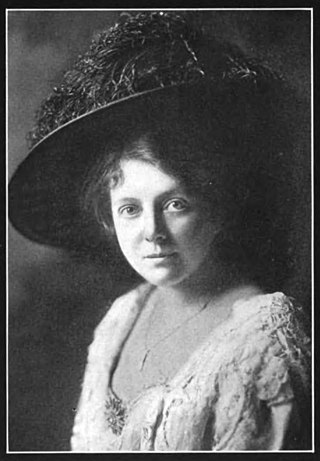
Blanche Lillian Deyo was an American dancer, actress, and singer who performed in multiple theatrical venues -- Broadway, vaudeville, burlesque, ballet, and international variety theaters—throughout the late nineteenth and early twentieth centuries.

Pike's Opera House, later renamed the Grand Opera House, was a theater in New York City on the northwest corner of 8th Avenue and 23rd Street, in the Chelsea neighborhood of Manhattan. It was constructed in 1868, at a cost of a million dollars, for distiller and entrepreneur Samuel N. Pike (1822–1872) of Cincinnati. The building survived in altered form until 1960 as an RKO movie theater, after which it was replaced by part of Penn South, an urban renewal housing development.

J. E. Franklin is an American playwright, best known for her play Black Girl, which was broadcast on public television in 1969, staged Off-Broadway in 1971, and made into a feature film in 1972. She has written and adapted eleven plays for television, theater, and film.
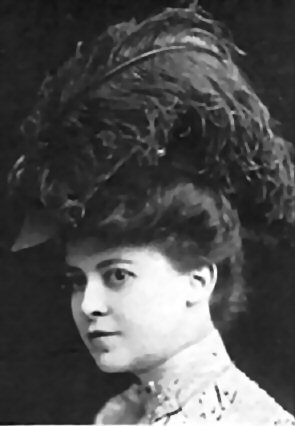
Valerie Bergere was a French-born American actress who had a near fifty-year career in theatre and cinema. She began in the chorus of a touring opera company before acting in repertory theatre productions for nearly a decade. Bergere rose to play leading roles, but found her true success in vaudeville where for some seventeen years she remained one of the top draws in variety theatre. Over her later years Bergere also took on character roles in some twenty Broadway and Hollywood productions.

The Fourteenth Street Theatre was a New York City theatre located at 107 West 14th Street just west of Sixth Avenue.
Ollie Potter was an American female blues singer, notably of Cleveland and New York City, and a dancer, particularly of the shimmy style.

The Garrick Cinema was a 199-seat movie house at 152 Bleecker Street in the Greenwich Village neighborhood of Lower Manhattan in New York City. Andy Warhol debuted many of his notable films in this building in the late 1960s. Frank Zappa and the Mothers of Invention played here nightly for 6 months in 1967.

Madge Lessing was a British stage actress and singer, panto principal boy and postcard beauty of Edwardian musical comedy who had a successful career in the West End in London, Europe and on Broadway from 1890 to 1921 and who made a number of early film appearances in Germany for director Max Mack.















